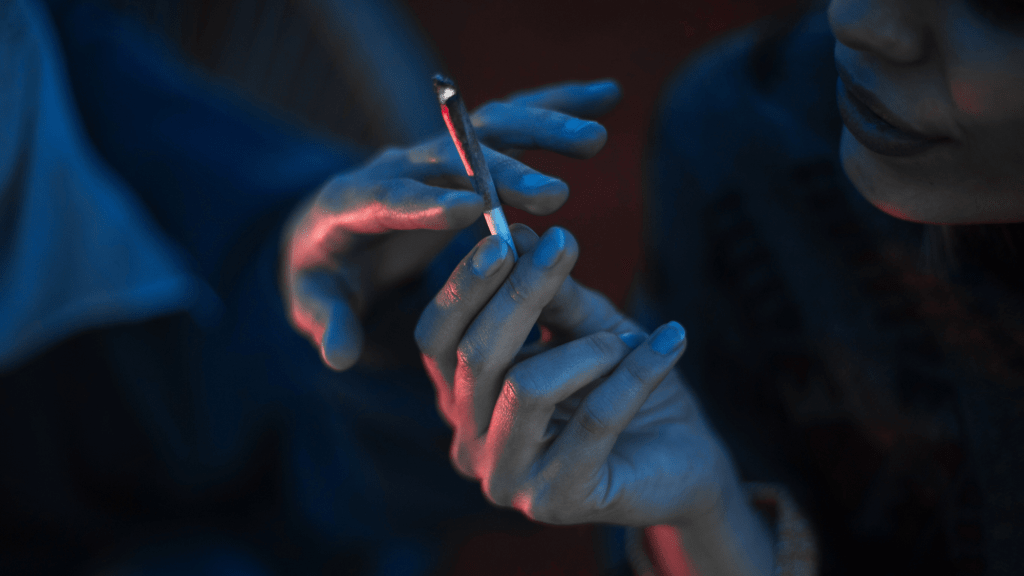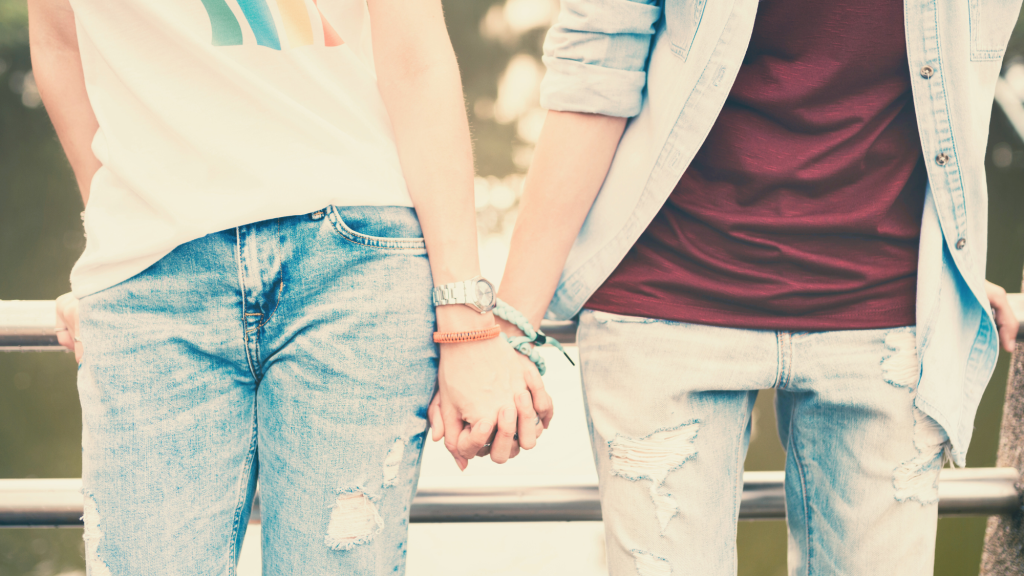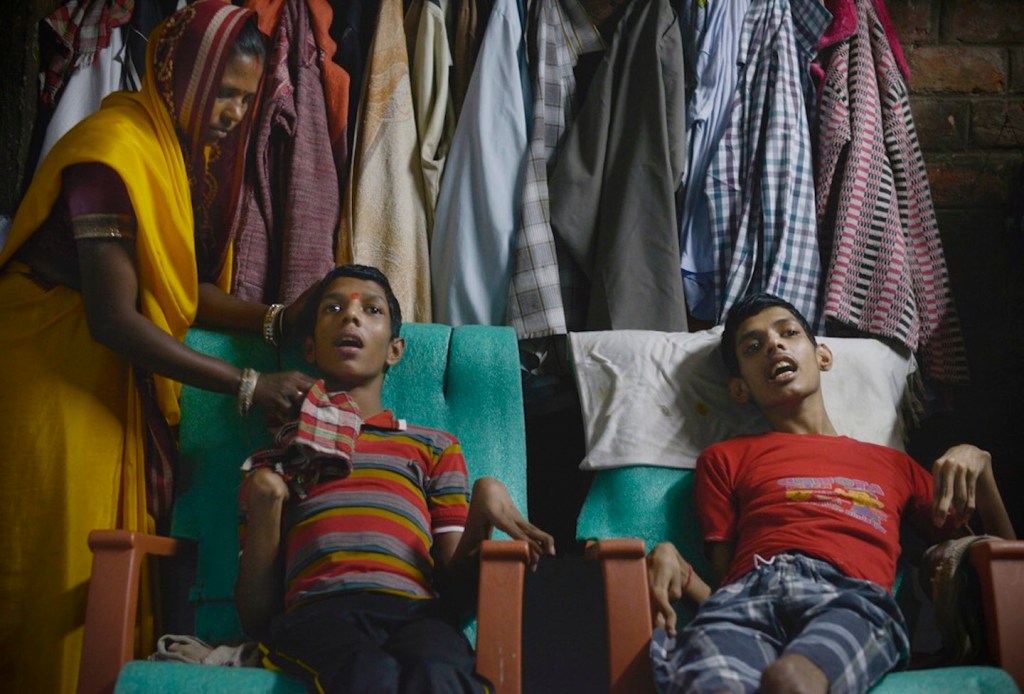In 1984, a little after midnight on December 3, a gas leak was reported from Plant Number C at the Union Carbide’s (now Dow Chemicals) pesticide factory in Bhopal, Madhya Pradesh. As the cold twilight breeze picked up, the poisonous gas—later estimated to be about 42,000 kilograms of methyl isocyanate, a highly toxic and colourless gas that’s not just flammable and reacts with water, but is also life-threatening—wafted through the city.
Within a few hours, around 3,000 lives were wiped off from the face of the earth. Today, government records show 5,295 deaths. Amnesty International claims at least 7,000 deaths within the first three days. But activists and families of victims claim up to 8,000 to 10,000 deaths. A 2006 affidavit stated around 5,58,125 injuries, with 3,900 people left with severe and permanently disabling injuries.
Videos by VICE
Today, when you talk about Bhopal, you only think of one thing: that it was, and continues to be, the world’s deadliest industrial disaster. It’s been 35 years since half of 8.5 lakh Bhopali population coughed, wheezed and complained about their eyes and skin burning up, until they either met a quick death or lasted long enough to see their descendants suffer alongside.
When New Delhi-based photojournalist Rohit Jain, 32, decided to go to Bhopal last year, he went with certain anger, but also a certain complacency over what’s already happened. “Like so many people, I thought the tragedy would be over by now. People are no longer affected by it because there’s no fresh news about the tragedy. All the newspapers would cover only what happened in the past, and about affected people fighting for compensation,” said Jain. “But when I went, I realised that people got affected not just when the gas leak happened; they’re still getting affected, even now.”


With curiosity and fresh grant from the Pulitzer Centre on Crisis Reporting, Jain went to Bhopal last year in November for a week, but ended up staying for over a month. The result of his interactions with the people there resulted in a heartbreaking photo series titled ‘Children Disabilities: A Forgotten Case of Union Carbide’, which released early this year, and is being exhibited in India for the first time in Mumbai from December 2 to 22. These are portraits of second and third generation of survivors of the gas leak, who battle a spectrum of disabilities on a scale never seen before in the country. “Cerebral palsy, muscular dystrophy, Down’s syndrome, attention deficit hyperactivity disorder, blindness, learning difficulties and gross motor delay are rampant,” he said. “Many of the young adults have multiple conditions. Many are immobile, needing help to wash, eat and even defecate.”
Today, experts acknowledge that while the big tragedy was the gas leak, the bigger one is what has unfolded in the years to come. Protestors and activists continue to fight and demand that the state government not only stop downplaying the tragedy but also give relief and rehabilitation to the victims and their families. But reports show that there are two main variables to see the continuing impact of the disaster: the children born after the disaster, and the water that is consumed even today that continues to be poisonous.


Studies have revealed that there is a very high rate of cancer, tuberculosis and fatal kidney diseases among the people here. Kids are born with physical growth and mental development disorders and birth defects. Until now, 93 percent of survivors have received a paltry $500 as compensation for injuries, while the families of the dead got $2,000 per dead.
“Initially, I wanted to just go and meet the people who had witnessed the tragedy. But when I went, I saw that things are still unfolding. I also realised that we don’t look at the tragedy from the perspective of the children born after the tragedy,” said Jain, who worked and was supported by with local organisations such as Chingari Rehabilitation Trust and Sambhavna Trust Clinic, along with activists. “When I saw that so many children have multiple diseases, it was shocking to me.”

Jain went to bastis and mohallas, and met families who, because of their financial circumstances, were tied to the land that continues to kill them. “There were so many houses that I visited, which had kids affected by something or the other. But it was also inspiring that the parents, despite so many challenges, continued to show exceptional affection towards their children,” he said. “Of course, there is still a lot of anger towards Union Carbide and the government. Many of them still haven’t got their compensation, and the Bhopal hospitals are not working very well.”
According to The Bhopal Medical Appeal—an organisation that rehabilitates survivors and provides medical help—toxic wastes from the factory site continue to be dumped at the local ponds, which makes their way into soil and groundwater. Which means the casualties will continue, with no end in sight at the moment. And of course, this can be no easy realisation to digest, admits Jain.
“When I started meeting people, I was personally very affected by it; I felt very low. I have never done anything like this before. I imagined being a father to a grown-up adult child who can’t stand on their own, or defecate, or even swat a fly on their shoulders. At some point, I wanted to give up on the project,” he said. “But I spoke to a lot of friends and family. There were also volunteers of Sambhavna Trust who counselled me and told me that I’m here for a cause. That it’s my job to document. If I feel like this, how will I convey the issue to the society and government?”

In the meantime, the 70-acre pesticide factory site continues to be there. Union Carbide has been charged with manslaughter, among other offences, and continues to evade Indian court hearings. But even though Dow Chemical, which took over Union Carbide in 2001, hasn’t been able to invest in India for the last 18 years, and has been facing violent opposition from local farmers, the truth remains that the city continues to be contaminated. Even pop culture enthusiasts liken the Bhopal case to Chernobyl nuclear disaster in Ukraine.

Jain, who has been a photojournalist for seven years now, says he hasn’t come back from Bhopal with answers. He may go back again in December, which will complete 35 years since the tragedy took place. But, along with the help and support of the local people and activists, he hopes to show people that somebody must be held accountable after all. “When I showed my work in Europe and the US, one British person told me that if something like this happened in a European country, Union Carbide would have been bankrupt and the people responsible would have been summoned to the court in the European country,” said the photographer, who wants to raise awareness through this work, especially to finance treatments of the affected. “But just because this is in India, nobody cares.”
Rohit Jain’s photographs are curated by Method Art Space under a show titled ‘Aftermath: 35 Years After the Bhopal Gas Tragedy’, and is on December 2 to 22 at G-5/A, Laxmi Mills Estate, Shakti Mills Lane, Mahalaxmi West, Mumbai, Maharashtra 400011.
More
From VICE
-

Photo: Lajst / Getty Images -

Photo: The Good Brigade / Getty Images -

Photo: kelly bowden / Getty Images -

Photo: Rawpixel / Getty Images
